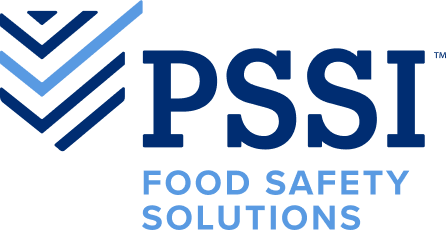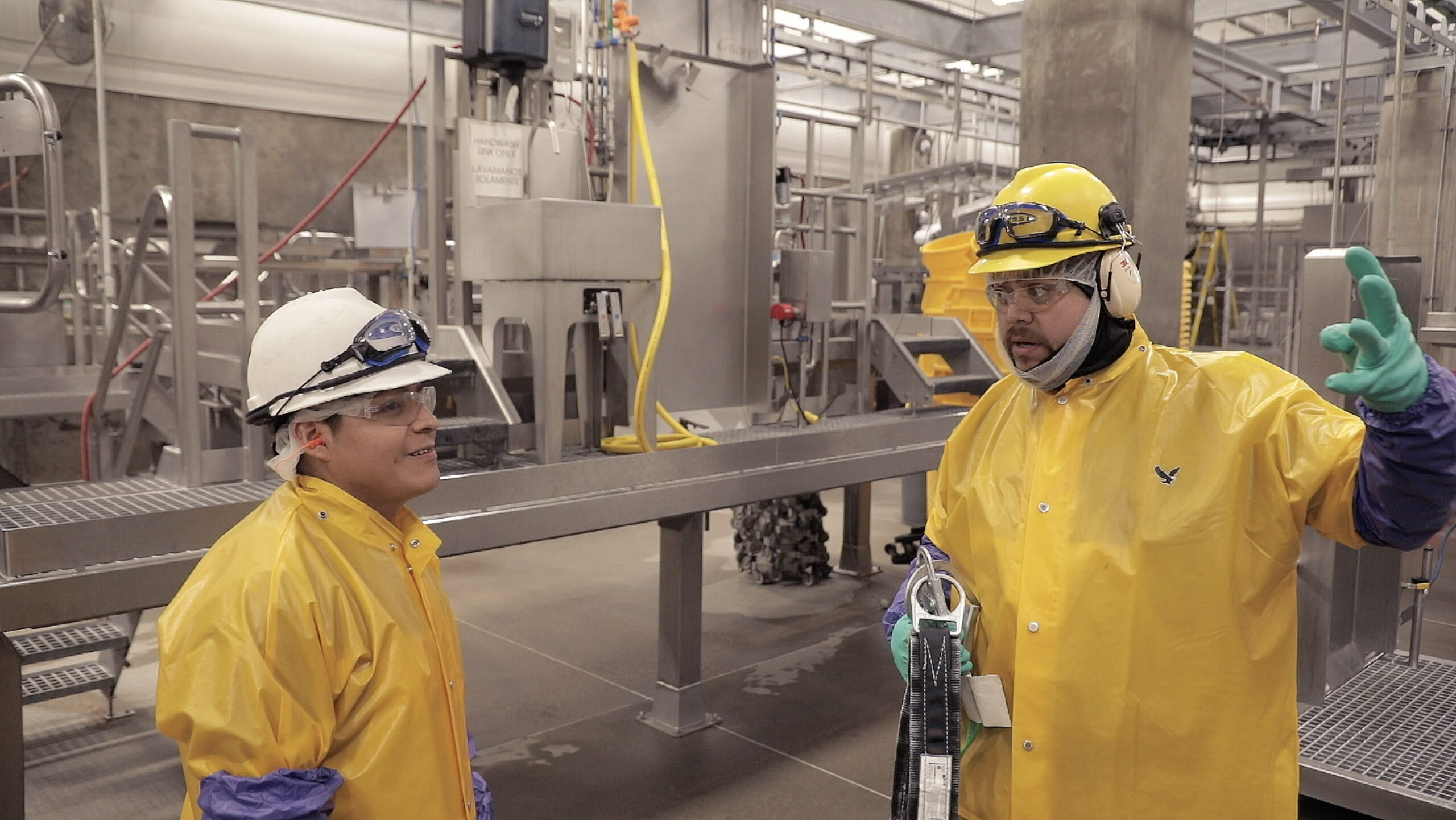In a recent blog post about safety, we took a look at PSSI’s enhanced Active Culture Movement (ACM) Safety Program. It explained the how behind the program and how we are shifting our safety focus from reactive to proactive by tracking potential hazards to prevent injuries from happening.
But who is responsible for making this program come to life on site?
“The ACM Safety Program will positively impact every single team member at PSSI,” said Jose Iduate, Safety and Compliance Director. “But the most crucial role that will drive the success of this program will be our supervisors.”
In the early stages of the program, our Continuous Improvement (CI) Team observed the nightly duties of supervisors across the company. They worked to understand which activities were adding value and to find ways to make a supervisor’s role more efficient.
“What we found was our supervisors were busy, but not always structured in their activities,” said Ronnie Raper, Senior Director of CI. “We want to create more process-rich responsibilities and repeatability in their roles. Clear, consistent expectations for our supervisors will eliminate wasted time to allow more time to focus on keeping their team members safe.”
In this industry, it’s not uncommon for people to be promoted because of their strong work performance or years of experience. But with that promotion comes an added level of responsibility and strategic thinking that some may not be qualified for.
“We’ve seen supervisors wanting to step in and help clean if the team is behind schedule,” said Ronnie. “They feel they could let their team down if they don’t help, but instead, they should step back and identify what caused the delay and how to prevent it from happening again. That is a more efficient use of their time in the long run.”
By observing and coaching others, they can see when someone might stray from the standard early in the process and intervene sooner, rather than later, to get them back on track and reduce risk.
Supervisors are responsible for the safety of their team members. A large part of their job is to identify and report potential hazards before they cause injuries. If a supervisor is on a hose cleaning, they cannot properly supervise their team members or watch for hazards.
“The biggest skillset we are developing within our supervisors is the ability to spot hazards and behaviors that are not consistent with cleaning the facility safely,” said Ronnie. “They have to be able to observe and correct an action in a coaching manner. With the ACM Safety Program, we’re training our supervisors on that process so that they are better prepared to help their team members work safely.”
At PSSI, we are redefining what it means to be an operational leader. We are enhancing the road map to success for each of our operational roles. Through continuous improvement, we are finding time efficiencies and creating more space for our supervisors to be strategic, problem-solving coaches. We are developing structured, repeatable processes for them to perform every shift and creating a way to keep score, so they know where they stand. Then, when the ACM Safety Program gets implemented in their facility, supervisors will have the available time and in-depth understanding of the value their role brings to safety and their team’s overall success.

